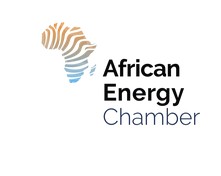
It is not an exaggeration to say that South Africa’s offshore gas discoveries offer up a potential economic transformation for the country that would be on par with Guyana’s oil-driven boom or Suriname’s emerging energy sector.
Estimates for the Luiperd-Brulpadda gas-condensate project, in Block 11B/12B off South Africa’s southern coast, gauge its holdings at 3.4 trillion cubic feet (tcf) of gas and 192 million barrels of gas condensate. Production at this site would equate to thousands of jobs and a revitalization of regions like Mossel Bay, where South Africa’s gas-to-liquids refinery once fueled local employment and industry before declining production forced cutbacks.
Unfortunately, this could all be just wishful thinking, as TotalEnergies’ exit from this project in 2024 revealed a critical barrier.
South Africa’s gas potential is currently locked up, partly because of legal challenges initiated by environmental activist groups that halted projects to the tune of USD1.6 billion, but also due to the inability of all parties involved to come to an agreement on gas purchase pricing.
A gas-to-liquids (GTL) strategy — one that links prices to liquefied natural gas (LNG) spot markets and includes meaningful community engagement — would help balance the needs of upstream investors, downstream users, and the coastal communities while delivering sustainable growth for the rest of the nation. Upstream companies like TotalEnergies demand dollar-based contracts to mitigate currency risk and ensure returns on their substantial exploration investments. The South African government is justifiably wary of dollar-denominated agreements and would prefer rand-based prices to protect local consumers and maintain affordability. The impasse TotalEnergies encountered on this issue is one of the factors behind their withdrawal from Block 11B/12B, despite their promising, hard-won discoveries at the site.
